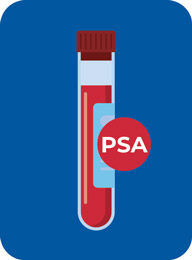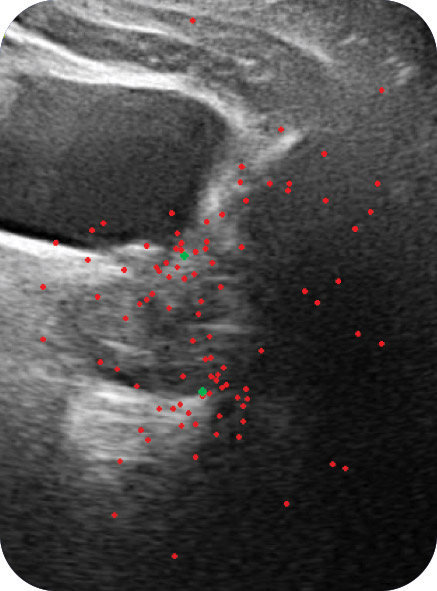PSA ( Prostate Specific Antigen) Blood test

The prostate is below the bladder (the hollow organ where urine is stored) and in front of the rectum (the last part of the intestines). Just behind the prostate are glands called seminal vesicles, which make most of the fluid for semen. The urethra, which is the tube that carries urine and semen out of the body through the penis, goes through the center of the prostate.

(American Cancer Society)
Prostate is the commonest cancer in males and risk increases with age.
The discussion about screening should take place at:
PSA ( Prostate Specific Antigen) Blood test

Digital Rectal
Examination

Prostate ultrasound examination ( Echography)

Following the screening test, the doctor will explain the results and decide if further investigations are warranted or not.